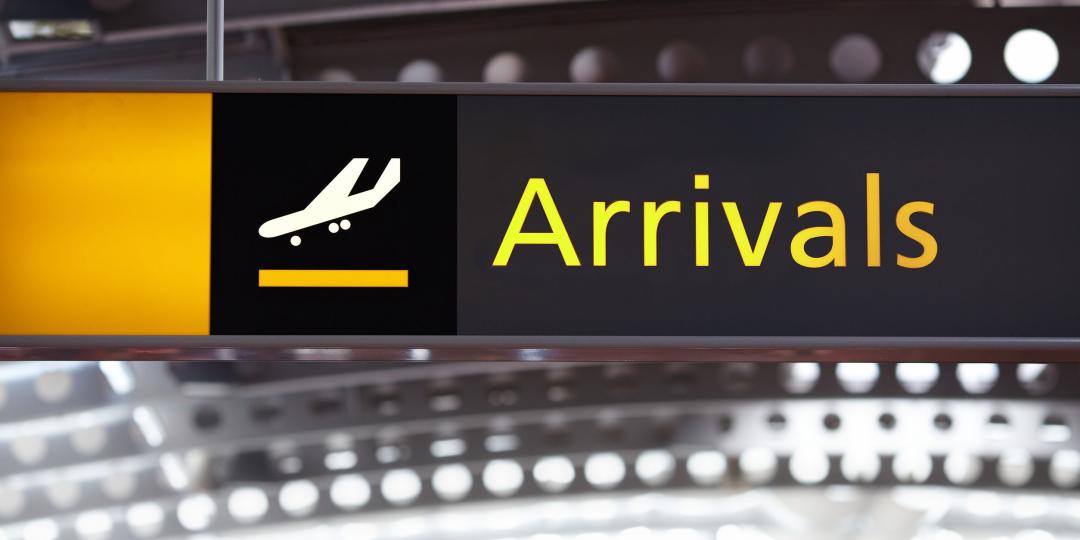Statistics SA released South Africa’s tourist arrivals for November, which show a slight increase of 3%, with 875 172 overnight visitors compared with 848 966 recorded for the same month in 2017, and up from October’s decrease of 2% with 862 046 visitors compared with 880 168 recorded in October 2017.
Of the 875 172 recorded in November, 256 537 were overseas arrivals, representing a 1.3% decrease from 259 805 in November 2017. Out of the 862 046 visitors recorded in October 2018, 253 945 were overseas arrivals, representing a 4.9% decrease from 267 025 in October 2017.
Despite the overall decrease, tourism from specific countries showed some growth, with the highest increase coming from India in November 2018, with a growth of 25.6%, followed by Australia with an increase of 11.8%. In October 2018, the highest increase for tourists was from China with growth of 1.4% (9 204 in October 2018 compared with 9 076 in October 2017), followed by the US with an increase of 1.1% (29 650 October 2018, 29 328 October 2017).
Some of South Africa’s key source market arrival figures for November include:
- UK: 39 672 visitors in November 2018, down from 40 489 in November 2017.
- USA: 27 374 visitors in November, up from 26 305 in November 2017.
- Germany: 42 851 visitors in November, down from 45 558 in November 2017.
- France: 20 063 visitors in November, down from 22 354 in November 2017.
- Netherlands: 15 247 visitors in November, down from 16 371 in November 2017.
- Australia: 8 143 visitors in November, up from 7 284 in November 2017.
- India: 9 315 visitors in November, up from 7 418 in November 2017.
- China: 9 274 visitors in November, up from 9 000 in November 2017.
- Brazil: 5 979 visitors in November, up from 5 482 in November 2017.
- Canada: 6 870 visitors in November, up from 6 215 in November 2017.
Tourism Update spoke to Kwakye Donkor, CEO of Africa Tourism Partners (ATP) regarding South Africa’s arrivals. According to Donkor, Cape Town’s dubbing of Day Zero created a negative perception of SA as a tourist destination. Other contributing factors include the perception around safety and security in SA, as Donkor says this is still a major problem, as well as the ongoing visa confusion.
Touching on the Indian and Chinese markets, Donkor adds: “India and China have the biggest population of outbound travel,” and therefore are both a vital source market for South Africa.
Given the November increase in both the Indian and Chinese markets, Donkor says there are a few contributing factors at play. South Africa being part of BRICS (Brazil, Russia, India, China and South Africa) has played a critical role and, with SA looking for investment, specifically during the Forum on China-Africa Co-operation (FOCAC) last year, and SA’s investment summit where Jack Ma, Founder and CEO of the Alibaba Group, was present, has brought heightened awareness and an increase of Chinese investment and, in turn, business travel, which ultimately translates into leisure tourism.
With this strength in collaboration and heightened awareness around South Africa, Donkor says there is also increased optimism about South Africa’s new leadership. Furthermore, Donkor says South African Tourism’s consistent marketing efforts over the years are starting to bear fruit in both the Chinese and Indian market. In addition, Donkor says pricing still plays a role, as the rand is still relatively cheap when compared with foreign currencies.
With all this, Donkor expects to see increases from the UK and US source markets too in the coming months.























